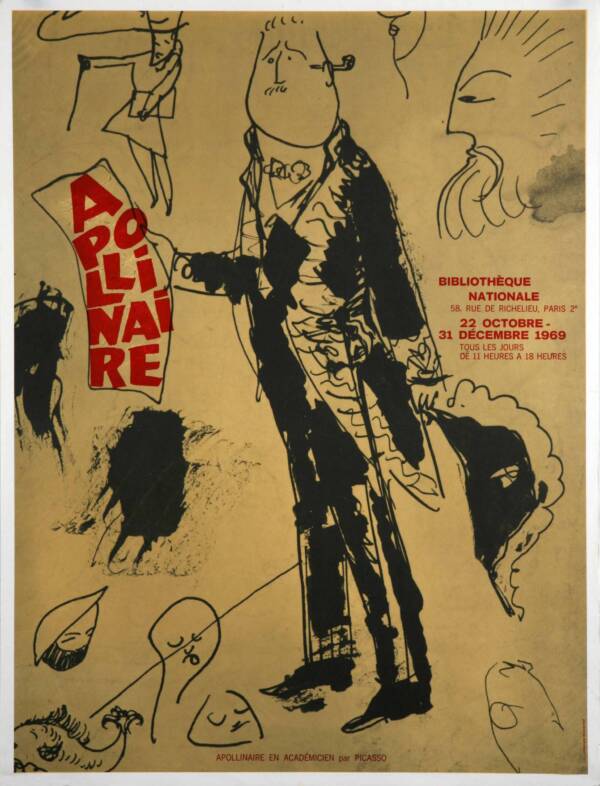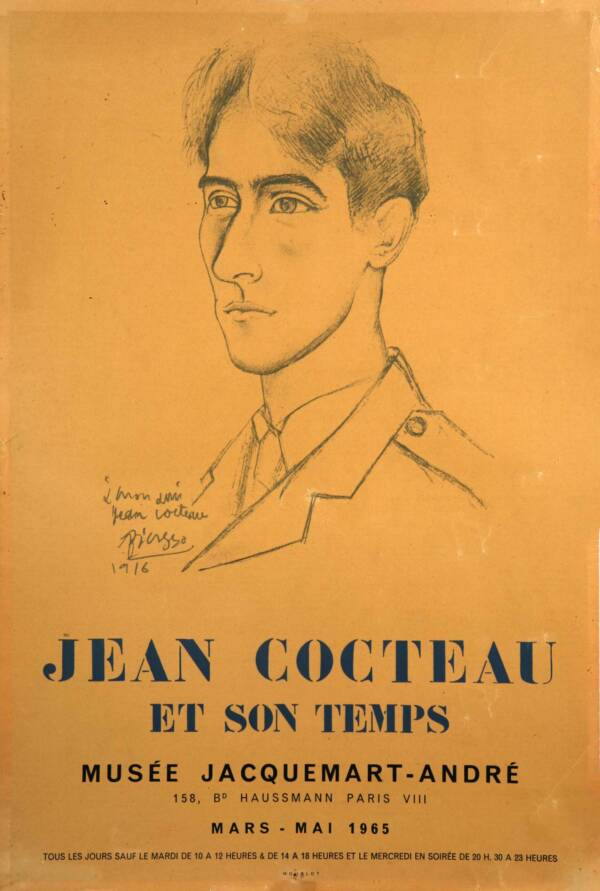Descripción
He used a gouge and five linen matrices for the five colours. It was published by the Galerie Louise Leiris in 1958 in a print run of 50 copies, numbered and signed. An artist’s proof, dedicated by Picasso to Jaume Sabartes, is in the Museu Picasso, Barcelona.
The motif has also been reproduced on other posters.
Picasso created this linocut, “Portrait of a Young Woman, after Cranach the Younger” in Cannes on 4 July 1958. The technical process for producing this beautiful work, considered a masterpiece in this technique, is described in great detail by Brigitte Baer. This work is Picasso’s version of Lucas Cranach the Elder’s 1564 painting, Portrait of a Young Woman, now in the Kunstmuseum in Vienna. Picasso’s wide creative freedom and inventiveness of style were demonstrated in this work, which is considered one of his most highly regarded linocut paintings. Picasso decided to continue working in linocut because of the success he had enjoyed. The fact that the painter was able to turn to Arnéra, a young printer, made a great difference, as his proximity meant that Picasso was able to make test prints in linocut immediately. A copy of this linocut, Portrait of a Young Woman after Cranach the Younger, was auctioned at the Galerie Kornfeld in Berlin on 20 June 1991, with the opening price being 350.00 Swiss francs.



